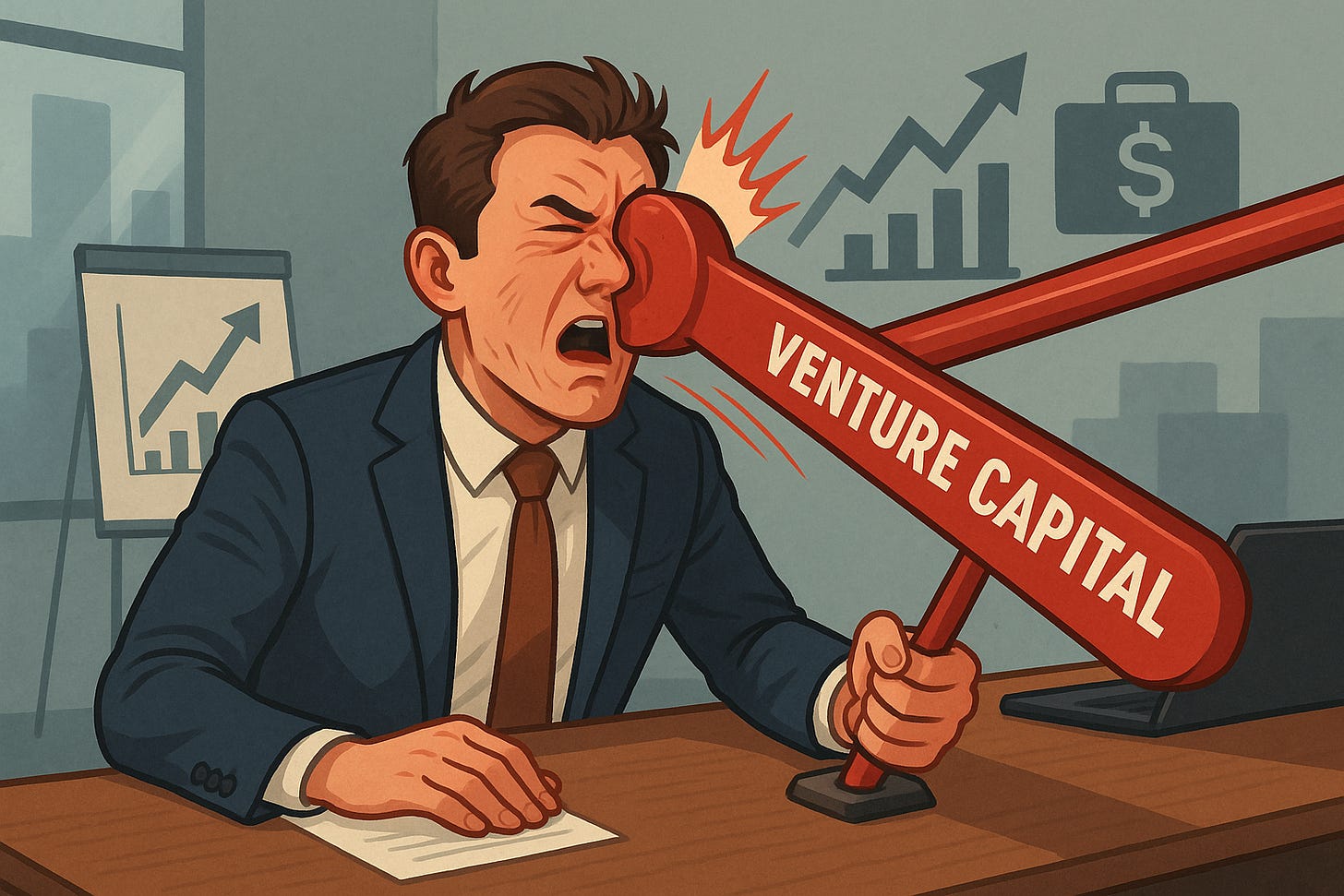Flipping the Fundraising Script: Who Really Sets the Pace?
When founders think about venture capital, they usually focus on how much money they need and how much equity they’ll give away. But the real question is rarely asked:
How much growth does the investor need — and how much control does that growth demand?
This article flips the fundraising script. Not just to challenge assumptions, but to expose the asymmetry of intent between founders and investors — and what it means for the company you're trying to build.
Pitch Decks Sell a Story. But Whose Story?
In most pitch decks, the money slide is just that: how much, when, and what for. Founders are coached to sharpen their story and pitch deck, tighten their forecasts, and prove they’re “venture-scale.”
But the real story doesn’t start with how much capital you need.
It starts with how much acceleration your investor demands.
Founders ask for money. Investors ask for multiples.
There’s a common myth that fundraising is about giving up control in exchange for cash. The assumption is: you define the roadmap, and VC helps you execute it faster.
But most VCs aren’t funding your roadmap.
They’re funding their own fund’s return targets.
The real question isn’t: How much do I need?
It’s: How much do they need me to grow — and by when?
Because once you take that money, your clock starts ticking.
Your roadmap isn’t defined by traction, product-market fit, or even your own conviction.
It’s defined by portfolio math and exit timing.
Time, Not Just Capital, Is What You’re Selling
Venture capital doesn’t just buy equity.
It buys time — your time — and compresses it.
You’re no longer building at your natural pace. You’re on the fund’s timeline, not yours.
Keep reading with a 7-day free trial
Subscribe to INNOVATION& by Yetvart Artinyan to keep reading this post and get 7 days of free access to the full post archives.



